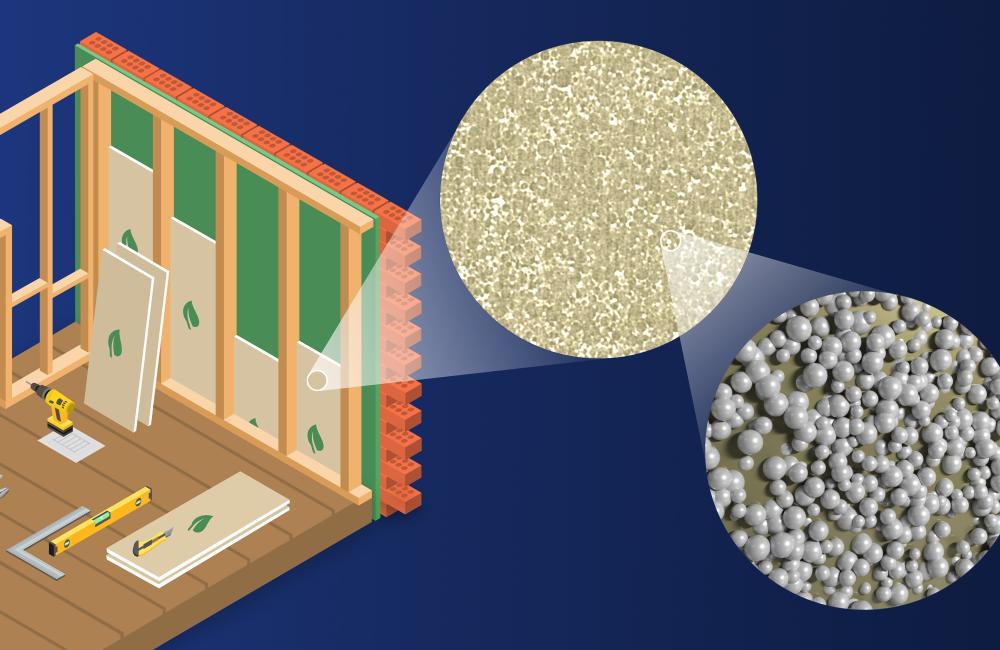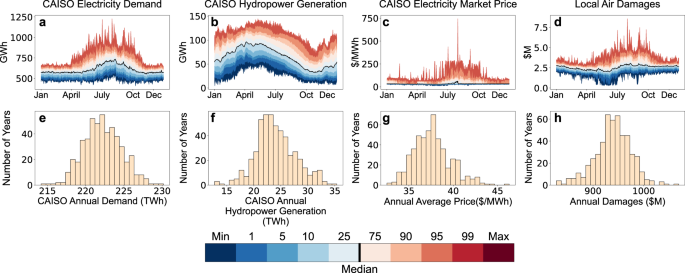2023-03-23 オークリッジ国立研究所(ORNL)
これまで、断熱材には発泡剤として炭化水素や水素フルオロオレフィンなどの化学物質が使用され、地球温暖化に影響を与えることが問題視されていた。
ORNLの開発チームは、中空ガラス球と可膨張性ポリマーマイクロスフィアを組み合わせた熱可塑性フォームを開発した。従来の断熱材と同様の性能を持ち、環境に優しく、さらに高温耐性や耐火性のある熱硬化性材料の開発も進められている。
この新技術は産業界でも導入が容易であり、様々な断熱材システムの安全性を向上することが期待されている。

<関連情報>
- https://www.ornl.gov/news/eco-friendly-foam-insulates-buildings-without-warming-globe
- https://www.sciencedirect.com/science/article/abs/pii/S0032386122011405
多孔質殻中空ガラス球と膨張性熱可塑性微小球によるテーラブル熱可塑性断熱フォーム複合体。 Tailorable thermoplastic insulation foam composites enabled by porous-shell hollow glass spheres and expandable thermoplastic microspheres
Meghan E. Lamm, Kai Li, Jerald Atchley, Som S. Shrestha, Shannon M. Mahurin, Diana Hun, Tolga Aytug
Polymer Available online:27 December 2022
DOI:https://doi.org/10.1016/j.polymer.2022.125652

Highlights
- •Dual foam formation strategy was implemented to fabricate thermoplastic foams with variable density.
- •Thermal performance and compressive strength of the foams are tailorable.
- •Properties are comparable to commercial thermoplastic insulations.
- •Fabrication protocols are based on scalable commercial practices.
Abstract
We report a simple and commercially viable strategy to produce thermoplastic composite foams using synergistic foaming approaches – incorporating porous-shell hollow-interior glass spheres (PHGS) as a filler and utilizing expandable thermoplastic microspheres (EMS) as a physical blowing agent – for thermal insulation applications. The EMS in these composites ensure formation of highly porous, low-density foam while the PHGSs provide low thermal conductivity and lightweight mechanical reinforcement. Through systematic optimization of the PHGS and EMS loadings, a lightweight, and robust insulation with thermal resistivity greater than 27.7 m·K/W (R/in. > 4) is achieved. Notably, the fabricated foams also demonstrated comparable compressive strength than some commercial thermoplastic insulating materials. Through optimization of PHGS and EMS concentrations, results indicated similar thermal performance characteristics at varying foam densities, while higher loadings of both components lead to reduced insulation performance and weak mechanical stability of the foams. The results obtained, when coupled with the potential scalability and tailor ability of the overall process towards targeted insulation performance, not only endows competitiveness with current commercial thermoplastic insulating materials but also offers great promise for the development of unique thermoplastic composite foams for a variety of insulation systems.



